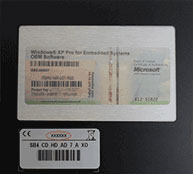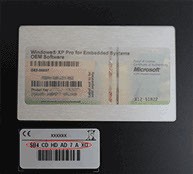Touch screens are used for different applications in everyday life. These technologies vary in their makeup and functioning. The resistive touch screen technology is the most popular and works by detecting a change in voltage when pressure is applied on a screen. Capacitive touch screens detect changes in capacitance when a finger or conductive stylus touches the display.
There are two types: surface capacitive and projected capacitive touchscreen. SAW touch screens have ultrasonic waves that locate touch upon contact. Infrared touch displays create light beams and when touched, the interruption registers a location.
Essential Parts for Touchscreens
The components of different touch screens are what allow for the varied functioning and sensitivity capabilities. Resistive touchscreens contain two layers, a top plastic one and a glass bottom one. There is also a conductor, typically indium tin oxide. Capacitive touch screens also use ITO, but there is also an insulator that separates the two screens. A projected capacitive touchscreen contains an IC chip and electrodes as well. In SAW touch screen technology, the display consists of piezoelectric traducers and receivers. The light beam in infrared touch screens is possible because of IR emitters on the monitors.
Touchscreen Materials
Various touch screen technologies use different materials during manufacturing. The material used on the screen, for one, determines the clarity. For example, in infrared touch screens, there are no sandwich layers, thereby, providing the best image clarity standard. The thinness of the glass sheet on a projected capacitive touchscreen also improves its display. For resistive touch displays, the material has to be flexible enough to yield to pressure. The materials used also dictate the durability of the display. Protective layers in capacitive touch displays offer long-lasting devices.
Quality of Touch Screens
Besides the materials, manufacturers use other aspects to control the quality of touch screens. One is the ability of a touch display to operate with gloved or bare hands. A screen’s ability to function under harsh environments is another measure of quality. The accuracy and interactivity of the interface are important elements when considering the superiority of a touch display.


